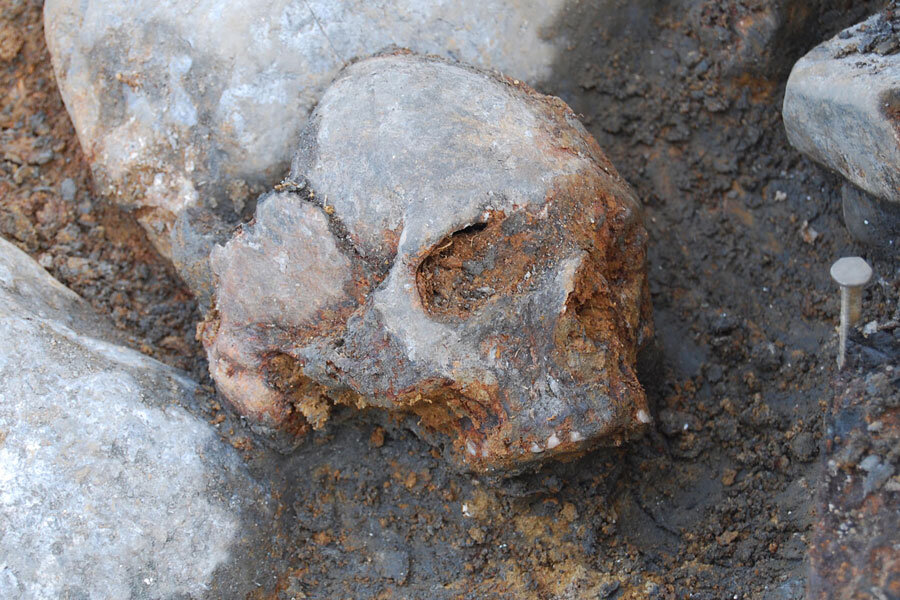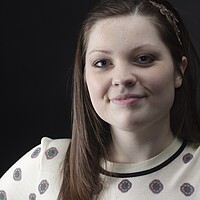Where do Europeans come from? DNA hints at new branch on family tree.
Loading...
Where do Europeans come from? At least three places, suggests new genetic research published this week in the journal Nature.
Until now, most researchers believed that modern Europeans were a blend of two populations: European hunter-gatherers and Neolithic farmers who came from the Near East. Scientists largely agreed that some migration from the Near East to Europe took place, and that these migrants from places like present-day Turkey or Syria helped bring agriculture to Europe.
What genetics researchers weren't quite sure of, though, was the extent to which early European farmers interacted and intermarried with Near Easterners, and how much they simply copied their ideas and customs, such as farming.
The next step then, according to Iosif Lazardis, lead author of the study, was to quantify exactly how much ancestry from both populations exists in modern Europeans.
"The call of our work was to try to figure out exactly which camp was right, whether it was mostly culture or mostly transmitted by people," says Dr. Lazaridis.
Lazaridis and his team of researchers from Harvard Medical School's Reich laboratory sequenced the genomes for about ten ancient humans, including a 7,000-year-old German farmer and a few 8,000-year-old hunter-gatherers from Sweden and Luxembourg. They compared these ancient DNA samples and data from earlier studies with the DNA of more than 2,000 present-day Europeans and used statistical mapping to try to pin down the approximate timing of the groups' first encounters and the extent to which they interacted.
The research team found, however, that the statistical frequencies of the two groups weren't fitting together properly. But once they allowed for a third ancestral group, the data relationships were in agreement.
"It turns out that the simple model was wrong," says Lazaridis.
According to the study, modern Europeans do indeed descend from western European hunter-gatherers and early European farmers, but they also have DNA derived from ancient North Eurasians, a group closely related to Upper Paleolithic Siberians.
"When you allow Europeans to have these other mixtures," says Lazaridis, "All the relationships are reconciled."
Lazaridis and his team knew going into their research that at least one facet of European ancestry wasn't compatible with the dual-mixture theory. Mathematician Nick Patterson and others in Lazaridis's research group discovered during an earlier study that Europeans were also genetically linked to present-day Native Americans, a piece of evidence that was at odds with the idea that Europeans come from just the two groups. By throwing this third group into the mix, the puzzling aspect of Patterson's findings was made clear, as ancient North Eurasians contributed to the genetic legacy of both Native Americans and Europeans.
The research team also discovered that more than 40 percent of the ancestry of these early European farmers stems from a lineage known as basal Eurasian. This piece of their genetic makeup is unique to the farmers and can not be seen in the other two groups, suggesting that this particular group of early Europeans could provide further insight into basal Eurasians, a population that is thought to have separated from other Eurasians more than 40,000 years ago.
And with the understanding that Europeans have more diverse origins than first thought, Lazaridis said he and other genetics researchers can return to telling the story of these populations' first interactions.
"Right now we have a broad outline and we know these three groups contributed to modern Europeans," says Lazaridis. "But we don't know when and how this happened."








